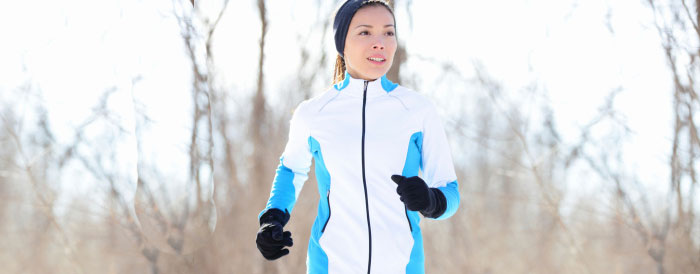
Itchy Winter Skin – Top 3 Problem Aeas
Protect and Winterize Your Hands, Lips and Feet
It’s officially Winter… and its Cold! Now is the time to think about “winterizing” your skin. Skin often gets dry and itchy in the winter due to a number of factors such as cold winds and lack of moisture in the air. In fact, indoor forced air heat can have the humidity levels of the Sahara desert. No wonder the skin gets so parched! To reduce the risk of skin dryness and irritation, a humidifier in the bedroom to add moisture to the air is very helpful. Also, be sure to use a thick moisturizer on the skin, head to toe, within 3 to 5 minutes of getting out of the bath or shower to “lock” the hydration into the skin. Although these steps will go a long way to help reduce the overall dryness of skin, there are a few areas on the body that deserve extra attention in the winter, particularly hands, lips and feet.
1. Hands
To avoid catching a cold or the flu, most people increase the frequency of hand washing or the use of hand sanitizers during the winter; and the skin pays the price. Hands often get very dry, chapped and irritated in the winter. For some people, they can even develop painful cracks that bleed because their skin is so inflamed. To reduce the risk of this “hand dermatitis” use only mild cleansers when washing (you can remove most germs without using a harsh antibacterial soap). If you are prone to skin irritation, you may want to avoid hand sanitizers (especially those with alcohol) whenever possible, or use a lotion afterwards. At night, use a thick moisturizer with Shea butter under cotton gloves to lock in the moisture at night. If itchy, irritated skin develops in patches, a thin layer of 1% hydrocortisone can be helpful, but shouldn’t be used for more than a couple weeks without consulting your doctor (and be sure to check the label to make sure it is right for you). If the irritation worsens despite hydrocortisone use, see your doctor for a prescription. Hand dermatitis is common in the winter and responds well to topical medicated ointments.
2. Lips
Lips dry out in the winter due to several issues including wind burn, nose blowing/wiping and dry indoor heat. But often the biggest culprit is of our own doing: lip licking! Although it may seem as though licking dry lips would be helpful, in actuality it makes them worse due to evaporation of the saliva and eventual irritation. A better solution is to always have a highly moisturizing lip balm in your pocket to apply several times a day. The best products are slightly greasy (think Vaseline-like) to provide a protective coating over the lips. If inflammation (redness and stinging) has already set in, try a lip balm with 1% hydrocortisone alternating with the greasy balm. To gently remove flakes from lips, don’t peel them off with fingers; a better solution is to gently rub the lips after getting out of the shower with a damp washcloth. Then apply the lip balm liberally.
3. Feet
After being trapped in shoes and boots all winter, feet can become quite calloused, especially on the heels. Just like the hands, heels can become so thickened and inflamed that painful cracks (called fissures) can form. Prevent these by using a thick paste containing urea on the heels every night under socks. After a week or so, the thick skin will likely become soft and may be easily removed with a pumice stone or other over-the-counter exfoliation tool. During the day, keep the skin soft with foot cream. Once the heels are soft, use the urea cream only once or twice weekly to keep them looking and feeling their best. When sandal season comes around again, you’ll be prepared!
[Source: Elizabeth Tanzi, MD, Dermatologist, Washington Institute of Dermatologic Laser Surgery ]

